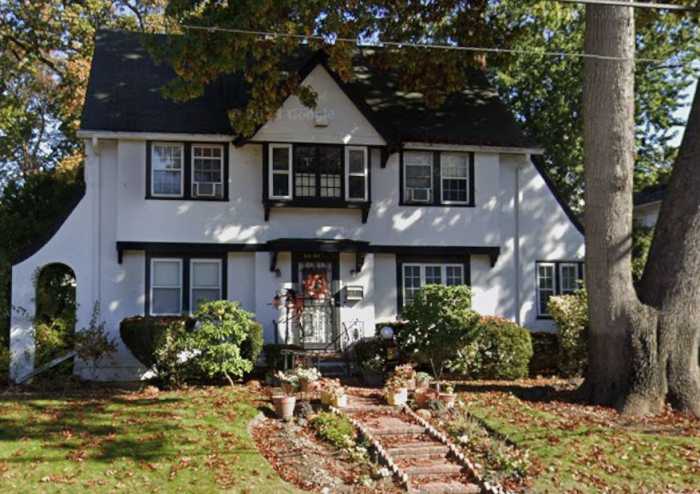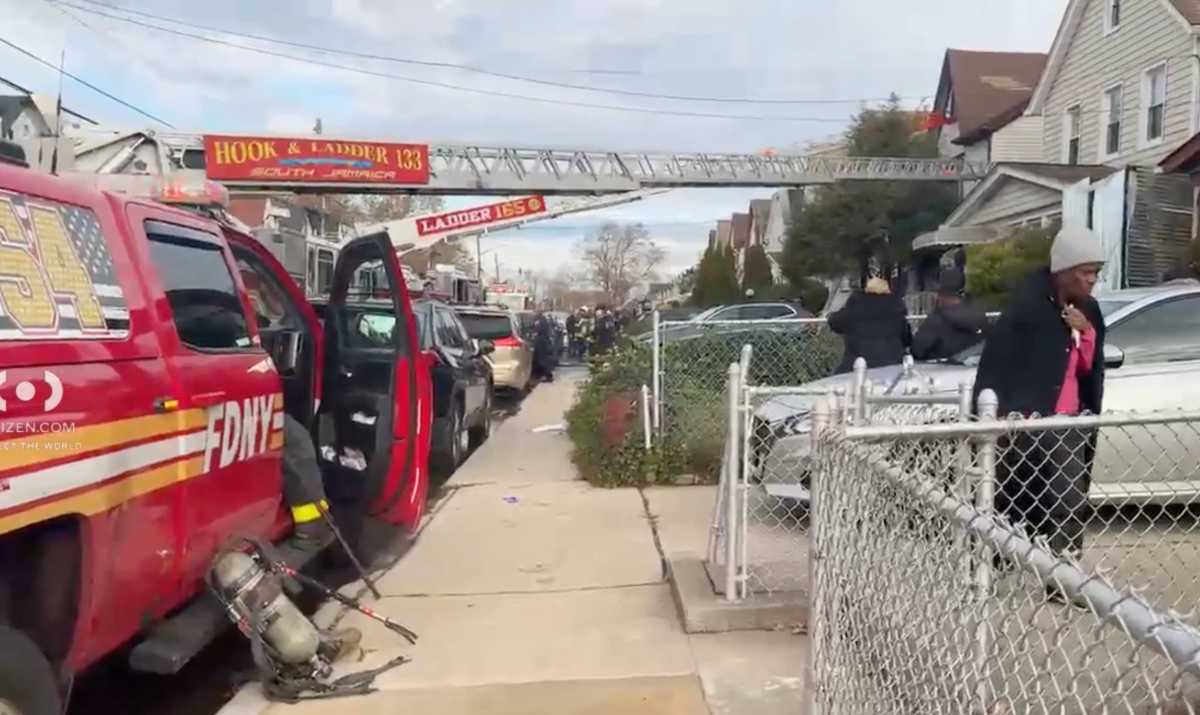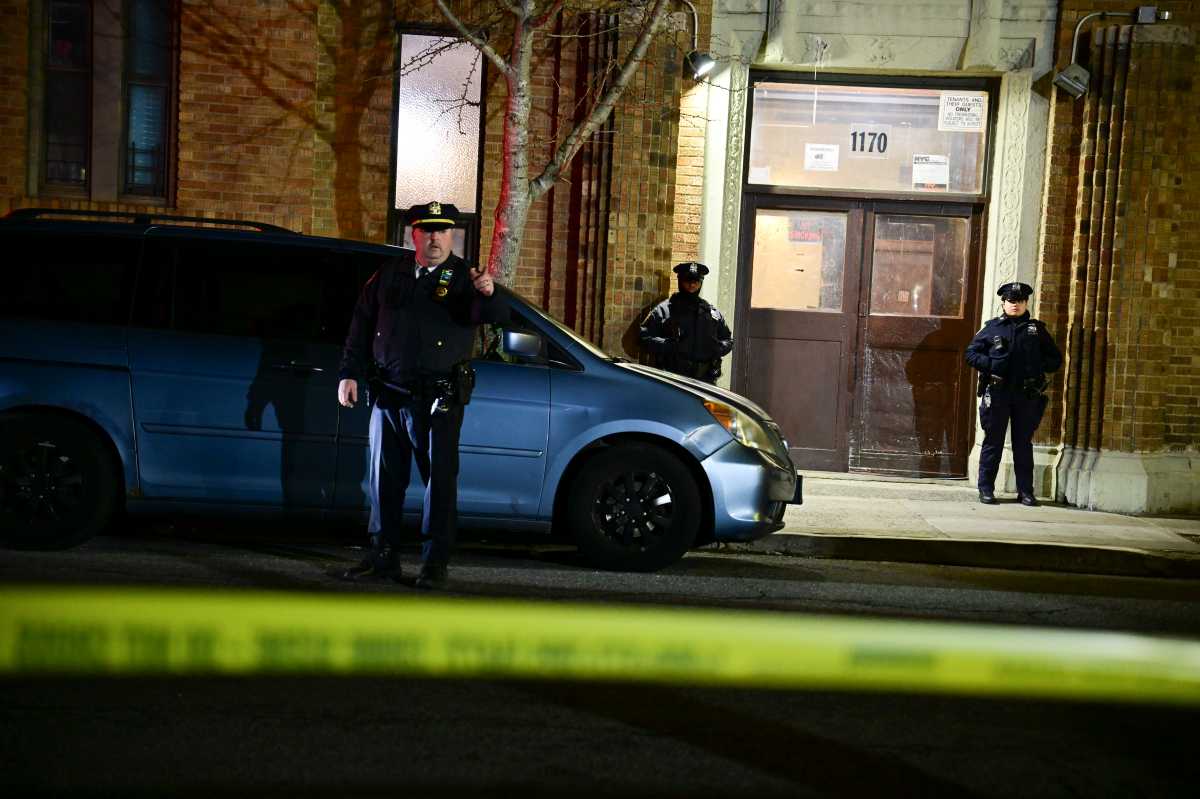In contrast to the deplorable conditions suffered by wounded troops in outpatient treatment at the Walter Reed Army Medical Center in Washington, D.C., in recent interviews with The Queens Courier veterans at the St. Albans Primary and Extended Care Center gave it high marks.
“Care is good,” said 64-year-old Air Force veteran Leon Laws, who has accessed outpatient services at St. Albans. “I can’t complain about St. Albans. I am not at all dissatisfied.”
While Walter Reed is run by the United States Department of Defense (DOD), St. Albans is run by the Department of Veterans Affairs (VA) and is part of its New York Harbor Healthcare System (NY Harbor HCS). Facilities in Manhattan and Brooklyn join St. Albans in the three-campus network. But unlike those campuses, St. Albans does not provide acute medical services.
“They’re doing a good job,” said 52-year-old Raymond Rivera of Jamaica. Rivera, who served in the U.S. Army from 1975 until 1978, said he had minor foot surgery for heel spurs at St. Albans about two years ago.
But comparing St. Albans to Walter Reed is in many ways moot. The two serve vastly different functions.
“[St. Albans and Walter Reed] are totally different. They have different funding and different missions,” said VA NY Harbor HCS spokesperson Raymond P. Aalbue.
Most obviously, Walter Reed treats men and women in the active duty military; St. Albans treats those who have fulfilled their military commitments.
Walter Reed, long considered the crown jewel of Army medical centers, has more than 50 different specialty and subspecialty clinics including cardiovascular care, neurosurgery and organ transplantation.
St. Albans, a former 76-ward, 3,000-bed U.S. Naval Hospital, offers general and extended care nursing, a psycho-geriatric unit and outpatient primary and specialized care including optometry, podiatry, audiology and dental services. DOD transferred the 1950s-era facility to the VA in March, 1974.
The first veteran was admitted to St. Albans in April, 1974, which today accommodates up to 180 patients. Most inpatients are senior citizens, although occasionally younger patients may be transferred from one of the other two NY Harbor HCS campuses, Aalbue said.
St. Albans also has a homeless domiciliary for 50 residents undergoing psychosocial rehabilitation. There, residents are able to develop work skills and receive vocational counseling and independent living skills training.
Several nursing home patients, whose names have been withheld because they were unaware they were speaking with a reporter, also expressed satisfaction with the care at St. Albans.
“Pretty good, pretty good,” said one veteran who had recently transferred to there while recovering from surgery. “It’s been real good, they’ve treated me real good. I have no complaints.”
“Very fine, very fine. I just can’t find the key to the darn gate to get out of here,” joked another vet.
Leaning over his tray at lunch time, one vet pointed to the large helping of mashed potatoes and two slices of bread adjacent to a meal replacement beverage marked “diabetic.”
The vet said that a doctor had advised him during a recent appointment to avoid starchy foods. “Well how can you say stay away from it when they give it to you every meal? I try not to eat the potatoes. I’ll eat the meat and the vegetables and leave the potatoes,” he said.
According to Aalbue the meal received by that veteran would have been appropriate for the severity of his illness. “Diets are closely monitored,” he said. “Menus are prescribed by a physician, monitored by a registered dietician and supervised by a highly qualified nursing staff.”
As a whole the veterans interviewed cited minor complaints.
Aalbue was not surprised to learn of the positive feedback given by St. Albans patients. “The quality of care that vets get is exceptional. There have been a lot of kudos to the VA lately.”
The VA included St. Albans among 18 sites it selected in 2004 for additional analysis as part of the VA’s Capital Asset Realignment for Enhanced Services, a comprehensive study of the agency’s healthcare infrastructure that began in 2002.
Last August, VA Secretary R. James Nicholson announced his decision to replace existing facilities at St. Albans with a state-of-the-art nursing home, outpatient clinics and domiciliary consolidated at the northern end of the campus.
Although still in the planning stages, Aalbue said that the new facility will provide expanded outpatient services.

































